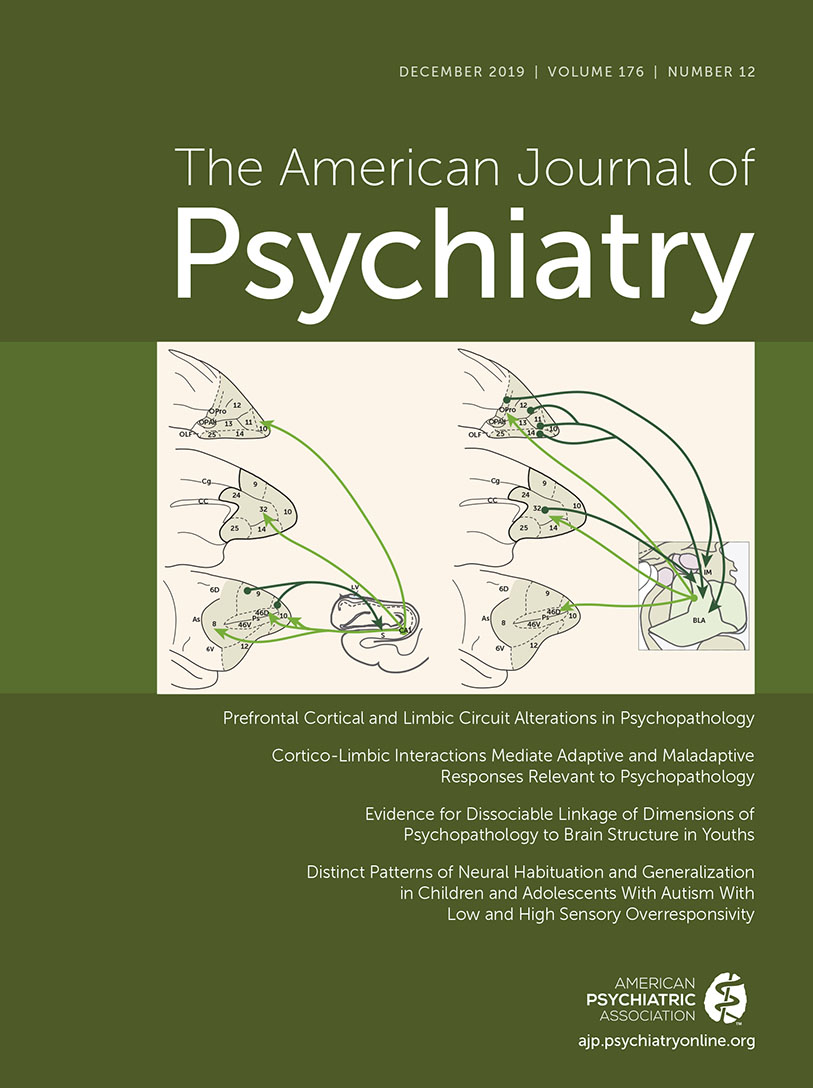Distinct Patterns of Neural Habituation and Generalization in Children and Adolescents With Autism With Low and High Sensory Overresponsivity
Abstract
Objective:
Sensory overresponsivity (SOR), an atypical negative reaction to sensory stimuli, is highly prevalent in autism spectrum disorder (ASD). Previous work has related SOR to increased brain response in sensory-limbic regions. This study investigated where these atypical responses fall in three fundamental stages of sensory processing: arousal (i.e., initial response), habituation (i.e., change in response over time), and generalization of response to novel stimuli. Different areas of atypical response would require distinct intervention approaches.
Methods:
Functional MRI was used to examine these patterns of neural habituation to two sets of similar mildly aversive auditory and tactile stimuli in 42 high-functioning children and adolescents with ASD (21 with high levels of SOR and 21 with low levels of SOR) and 27 age-matched typically developing youths (ages 8–17). The relationship between SOR and change in amygdala-prefrontal functional connectivity across the sensory stimulation was also examined.
Results:
Across repeated sensory stimulation, high-SOR participants with ASD showed reduced ability to maintain habituation in the amygdala and relevant sensory cortices and to maintain inhibition of irrelevant sensory cortices. These results indicate that sensory habituation is a dynamic, time-varying process dependent on sustained regulation across time, which is a particular deficit in high-SOR participants with ASD. However, low-SOR participants with ASD also showed distinct, nontypical neural response patterns, including reduced responsiveness to novel but similar stimuli and increases in prefrontal-amygdala regulation across the sensory exposure.
Conclusions:
The results suggest that all children with autism have atypical brain responses to sensory stimuli, but whether they express atypical behavioral responses depends on top-down regulatory mechanisms. Results are discussed in terms of targeted intervention approaches.



